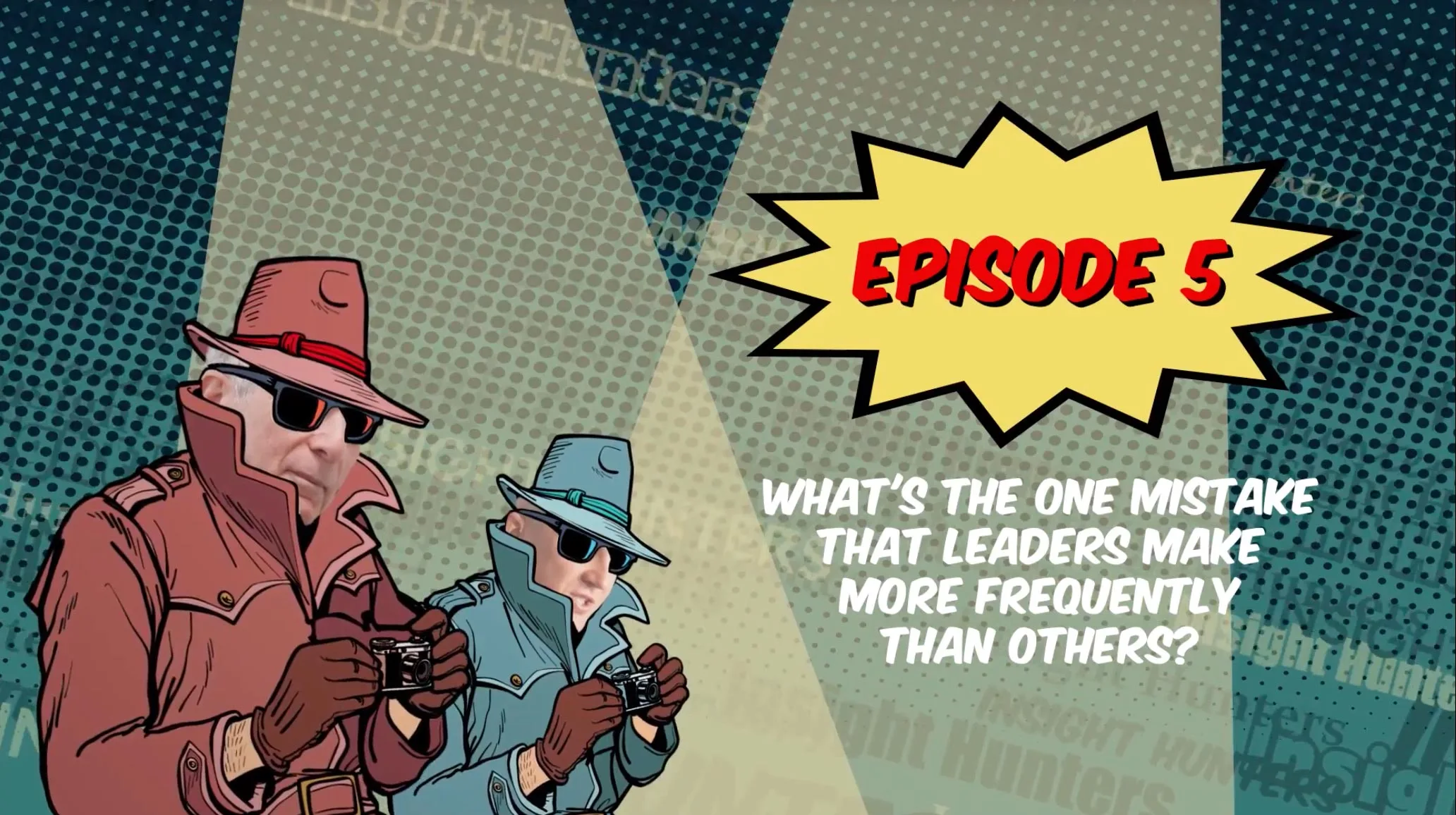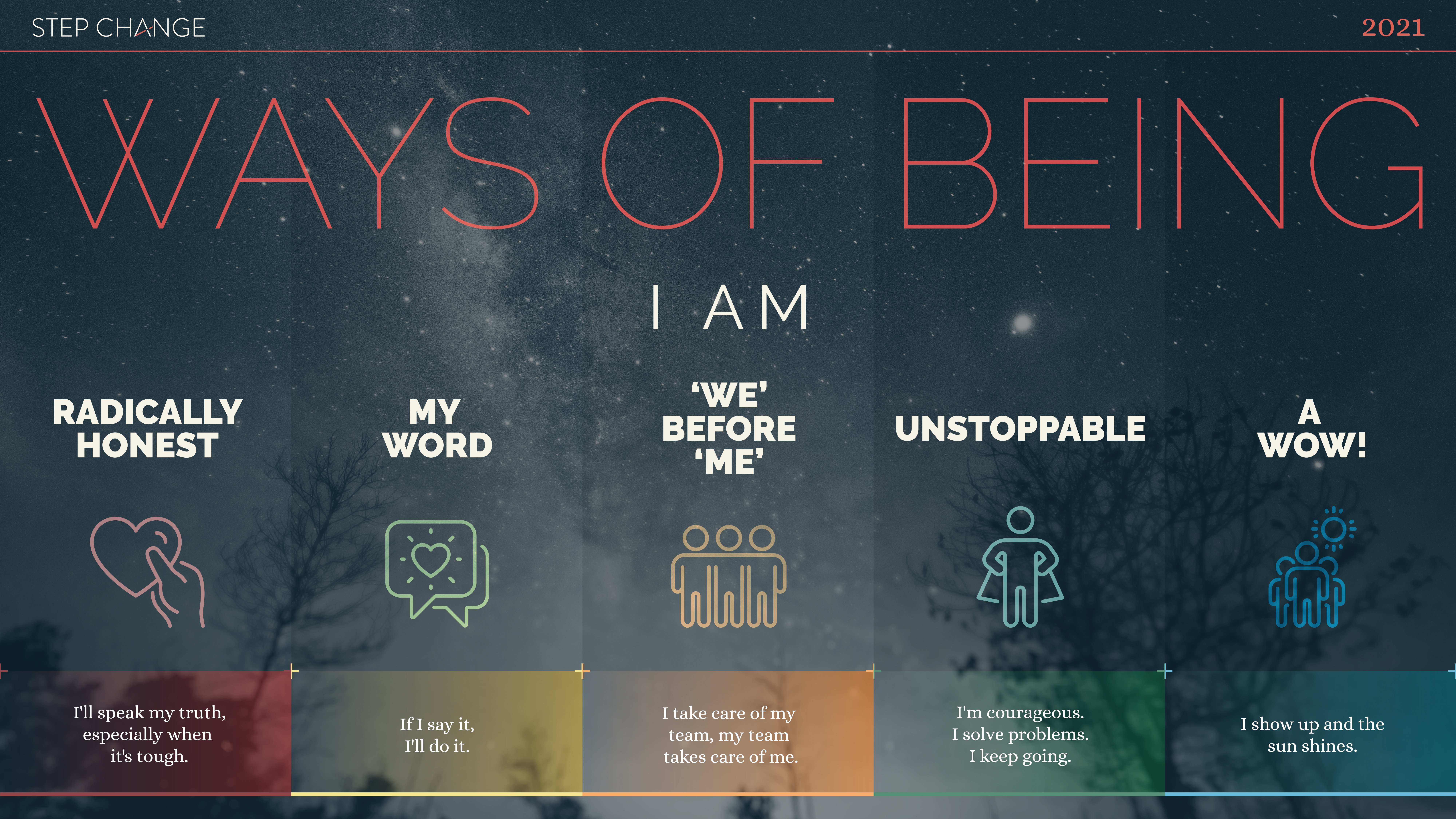How many times have you read a book but found it difficult to articulate its message? In this article, Step Change CEO Ashton Bishop reveals how you can turn knowledge into action.
If you are reading this, chances are, you’re not like everyone else. You are in the small percentage of the population who push themselves to learn more. You read books, listen to podcasts, watch talks, and go to seminars. You understand the value of education and continually seek out opportunities to learn.But if you’re honest with yourself, how much of that knowledge tends to fall through your mind like a sieve? How many times have you read a book but struggled to articulate its core concepts?
The truth is, there is a vast expanse between acquiring knowledge and applying it.
But bridging that gap brings endless benefits. It lets you unlock the wisdom of some of the world’s greatest minds. It allows you to distil that wisdom into something relevant and applicable in your daily life.
It lays the foundation for application. And application makes all the difference.
But how exactly do you build that bridge?
How to Build a System to Apply What You Learn
Step Change CEO, Ashton Bishop, has a knack for referencing specific and relevant material at precisely the right time. It’s no accident. Rather, it’s the result of concerted effort.
Over the years, Ashton has developed a personal learning system, which helps him transform knowledge into practical, applicable insights.
But he is not the only one.
Robert Greene, author of multiple best-selling books such as 48 Laws of Power, 33 Strategies of War, and Mastery is known for his incredibly well-researched books. Unsurprisingly, such detail doesn’t come by chance, rather by distilling the knowledge of mountains of books into something useful, relevant, and practical. And doing that requires a system.
Greene is an avid proponent of the notecard system — a low tech, hands-on approach to capturing and organising knowledge by using 5 x 7 notecards.
But what works for one won’t necessarily won’t work for another. The physical notecard system may be great for authors, but time-poor professionals and on-the-go business people may need a greater degree of flexibility and accessibility.
The good news is that, however you bring it to life, there are some fundamentals of a learning system that you can apply in your own way.
Let’s have a look at those fundamentals and take a peek at Ashton’s specific method.
The Fundamentals of a Great Learning System
Some love physical books; some prefer digital or audio books. Some use all three. For this article, we will use the term read to cover all three.
1. Define the categories that are important to you
Before you can begin applying what you learn, you must define what it is you are interested in. Creating categories helps you filter and connect with information so that what you learn is practical and useful.
So how do you define your categories?
Reflect on what you naturally gravitate towards and consider what areas you want to develop in your personal and professional life. What interests you? What do you want to learn more about?
For Ashton, he has six broad categories that align with the Big 6 Challenges businesses face:
- Strategy
- Story and Value Propositions
- Scale and Marketing Planning
- Creativity
- Digital and Technology
- Culture and Leadership
These categories become the lenses through which he reads. They help him identify information that is useful and encourage him to connect what he reads to his own life and his business.
2. Actively engage with what you read
You must move from reading for interest to reading with intent. With that mindset shift comes a shift from passive to active reading.
Simply reading the words isn’t enough — you must engage with them, contemplate them, find connections, and look for ways you could apply it in your own life.
Practically speaking, that means taking notes as you read, underlining passages, highlighting quotes, and writing in the margins. It’s important to capture your initial thoughts and establish an active relationship with the book.
“Some books are to be tasted, others to be swallowed, and some few to be chewed and digested; that is, some books are to be read only in parts; others to be read, but not curiously; and some few are to be read wholly, and with diligence and attention.”
— Francis Bacon
Ash is an avid user of Audible, and to complement that, he uses an iPhone to-do app called Things to quickly capture his thoughts ideas, and comments. The advantage of using Things is that, as a to-do app, the notes stay visible until they are processed. Ashton explains that he finds this an effective way to improve recall as the notes are visible every time he opens up the app.
3. Categorise, refine, and organise
Though many people take notes when they read, far fewer have a robust system to organise those notes. But this is where the value lies. Effectively organising and categorising your notes make them infinitely more useable.
At this stage, Ashton will process his notes from Things and then transfer them to Evernote, filing them under the major category in the process. In kind of a self-filtering process, if a note from Things no longer makes sense or doesn’t seem relevant, it is disregarded.
Lastly, Ashton will then tag the Evernote file with more specific tags such as author, concept, and the application of a particular thought or idea. This tagging and categorising is vital as it allows for easy access to the information when it’s needed, thus making the information easier to apply:
“For instance, I may remember there is an Asset Management Company based on the principles of Behavioural Economics but couldn’t remember the title or author of the book. I just search Asset Management, Behavioural Economics. The list comes up, and I see it’s Misbehaving by Thaler & Fuller. So in about fifteen seconds, I’ve managed to source and obscure piece of information, just because my system’s really robust.”
This is the stage of the process where you should be reviewing, refining, and expanding on your notes. It may mean doing some more research, rewriting, or connecting the thought with another. Ultimately, it’s about getting it to a point where it is useful and useable.
4. Recall and use the information
Once you have captured, refined, and categorised your information, it’s time to use it.
Whether you are creating a presentation, writing a blog post, or preparing for an important meeting, consider how you can incorporate what you’ve learned. Could you include a choice quote to bring your presentation to life? Would referencing a specific psychological model improve your credibility in an important client meeting?
You’ve done the work capturing and organising the information — find ways to use it!
You can aid recall of information by actively weaving what you’ve learned into conversations. The greater the frequency of recall, the more readily that information will be available in your mind when you need it.
It’s key to remember here the importance of details. Details and specifics are powerful credibility builders and should not be overlooked. At a bare minimum, you should reference the author’s name and title of the book. Even better is if you can remember a specific quote or the precise details of the model you are referencing.
Once you get in this habit, you will not only improve your credibility but also your recall.
For Ashton, the real value of a well-categorised learning system is in the application. Not only is it beneficial personally, but it also provides you opportunities to share what you learn with others.
Your ability to explain what you know to others not only adds value but is also a measure of how well you actually know something. Ashton approaches his learning with the mindset of “Could I explain this to others?”
“If I can’t explain it, I don’t know it well enough,” he says.
This is a very useful benchmark to test your own knowledge of a subject.
Remember, there are four steps to an effective learning system:
- Define the categories that are important to you
- Actively engage with what you read
- Categorise, refine, and organise
- Recall and use the information
So there you have it, a blueprint for building your learning system. When you begin implementing such a system, you will remember more of what you learn and find yourself able to more effectively apply your knowledge — just as the German writer Johann Wolfgang von Goethe once said, “Knowing is not enough, we must apply. Willing is not enough, we must do.”
For more relevant insights for leaders and marketers, subscribe to the Step Change Blog.












![Top 10 Articles C-Suites Read in the Step Change Blog [2019 Edition]](https://blog.hellostepchange.com/hubfs/step-change-top-10-articles-2019.001.jpeg)



